padmasana
Padmasana or Lotus Pose, is a classic yoga position involving sitting cross-legged with each foot placed on the opposite thigh.
Raja Yoga In Sanskrit texts, Rāja yoga was both the goal of yoga and a method to attain it. The term also became a modern name for the practice of yoga in the 19th-century when Swami Vivekananda gave his interpretation of the Yoga Sutras of Patanjali in his book Raja Yoga. Since then, Rāja yoga has variously been called aṣṭāṅga yoga, royal yoga, royal union, sahaja marg, and classical yoga.
Raja Yoga, also known as the Royal Path of Yoga, is the yoga of meditation and discipline. It focuses on mastering the mind through systematic practices, leading to self-realization and spiritual liberation..
Poses
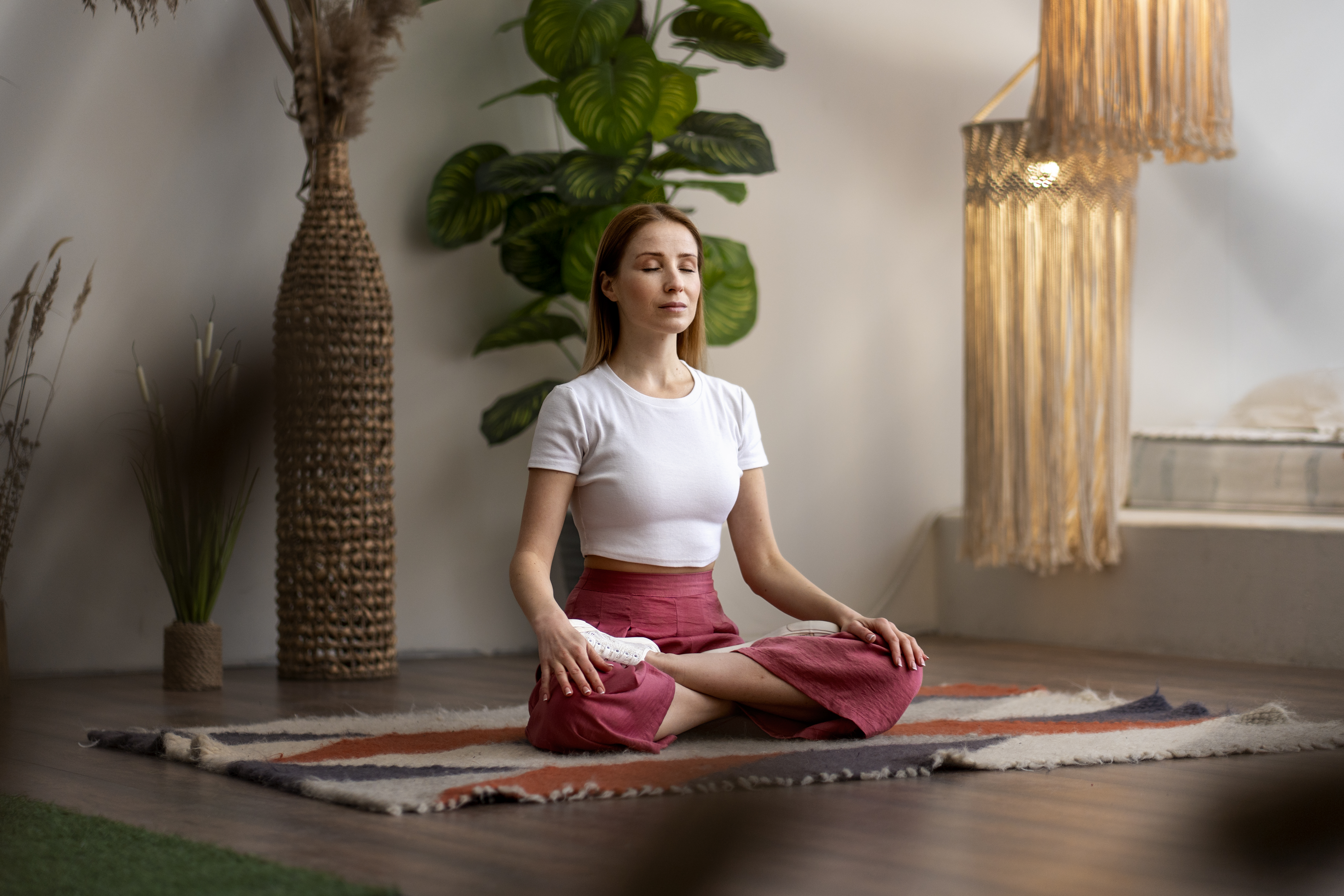
Padmasana or Lotus Pose, is a classic yoga position involving sitting cross-legged with each foot placed on the opposite thigh.

Shavasana Corpse Pose, or Mritasana, is an asana in hatha yoga and modern yoga as exercise, often used for relaxation at the end of a session. It is the usual pose for the practice of yoga nidra meditation, and is an important pose in Restorative Yoga..
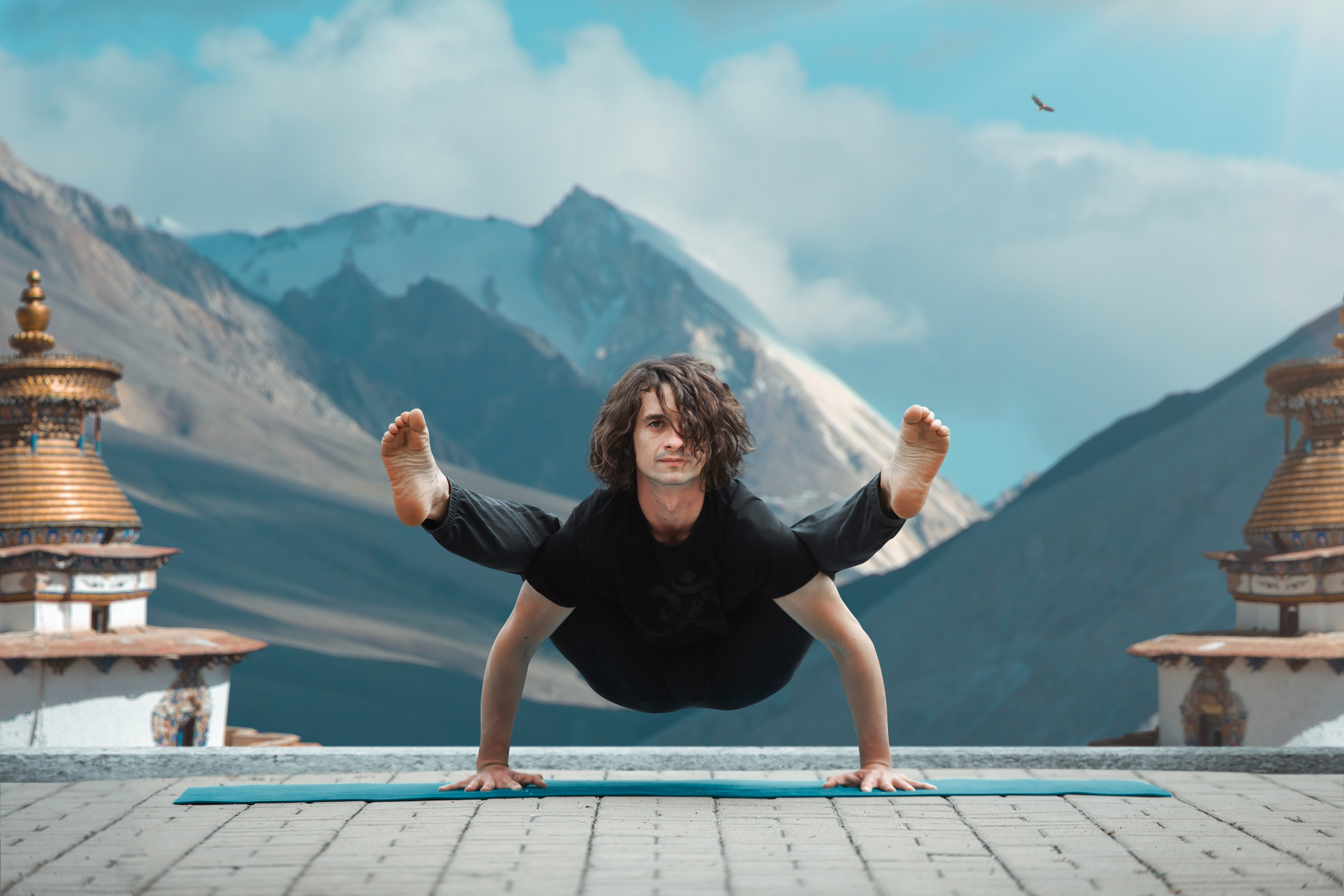
Bhujangasana, or Cobra Pose, is a yoga posture where one lies on the stomach and lifts the chest, resembling a cobra. It strengthens the back muscles, improves spinal flexibility, stimulates abdominal organs, and helps alleviate stress and fatigue.
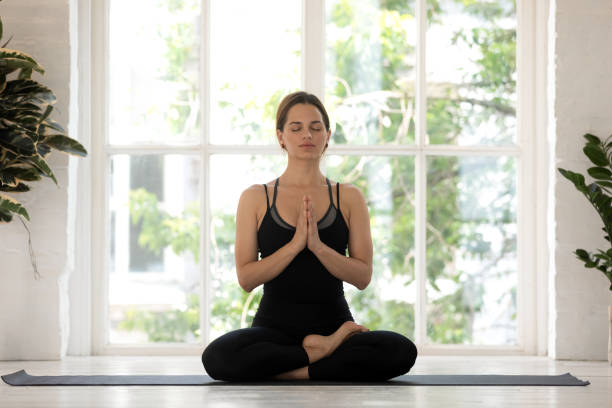
Sukhasana, also known as Easy Pose, is a foundational yoga posture suitable for beginners and advanced practitioners alike. It involves sitting cross-legged with the spine elongated and the hands resting on the knees or in a mudra. This pose promotes relaxation, grounding, and flexibility.
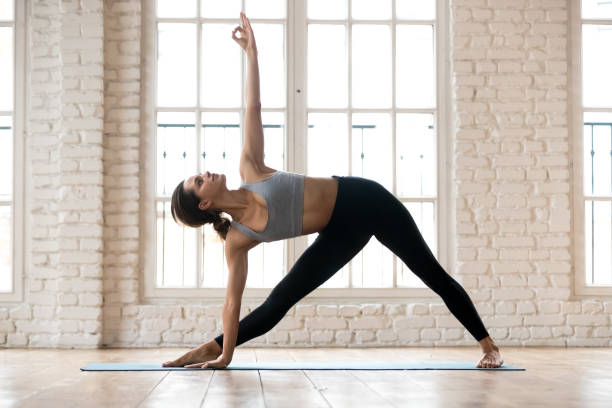
Trikonasana, also known as triangle pose, is a standing yoga pose can be performed to strengthen and lengthen the hamstrings and groin, while also opening up the shoulders and hip flexors.
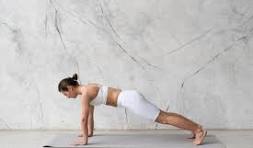
Dandasana, in other words, Staff Pose, refers to the spine placed like a staff or a rod. Staff Pose (Dandasana) is a traditional Hatha Yoga practice and is considered a base pose for staff pose variations. The spine supports the entire body like a strong staff which is straight and strong.